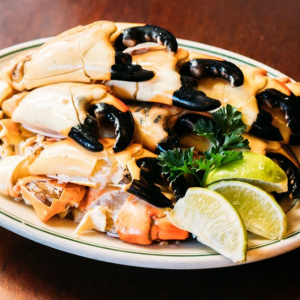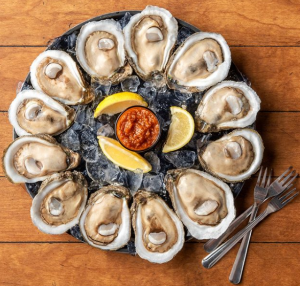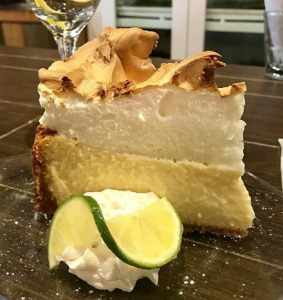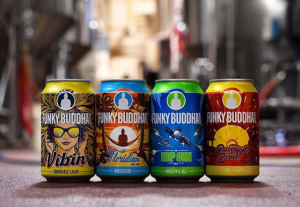Social distancing has increased the adoption of online shopping as people spend more time at home. Thus, having an e-commerce presence has never been more important to reduce the distance between you and customers. Yet, many small businesses are still not using the internet to conduct business. In fact, 36% of U.S. small businesses don’t have a company website, according to Small Business Trends. Now is the time to get online, or to refresh your e-commerce presence if you already have one.
Remind consumers they can still shop with you, even from a distance
A website is a must-have for any business right now. Consumers spending more time at home still need to shop. And you need to be able to accept payments for purchases online.
Break down physical walls
Whether connecting via a mobile-friendly website or a mobile-ordering app, consumers are increasingly engaging with businesses from their sofa. A website makes your business accessible from anywhere in the world by potential customers that have an Internet connection.
Create another marketing channel
A website is an online billboard. It gives you another chance to introduce people to your offerings and another way to find you. Existing customers can refer you to their friends and relatives using only your web address.
Interact with customers in the way that they choose
According to the National Restaurant Association, 54% of adults order directly from a website or mobile app because of the customer experience it provides. Joan can pre-order meals from her favorite restaurant on her mobile device and simply pull up to the curbside parking spot to pick up. Zack will pick up his meal in-store, but pre-ordering helps him bypass the line. Ted can order food delivered to the comfort of his home and avoid crowds altogether.
Stay in contact with customers
A website provides two-way communication with potential customers. If you have just added delivery as a service, be sure to talk about it. Encourage your customers to leave feedback on your products and service. Your customers may be on self-quarantine, but that doesn’t mean you can’t stay connected and continue providing excellent service.
An online presence can keep your business going when people are practicing social distancing and cities are enacting stay in place. When fears pass, your website will continue to be a valuable asset that can change and improve your business in the future.
About Heartland
Heartland provides entrepreneurs with software-driven technology to manage and grow their business. The company serves more than 400,000 merchants nationwide, delivering trusted solutions for payment, payroll and human resources, point of sale, customer engagement and lending. Heartland is a leading industry advocate of transparency, merchant rights and security. Heartland is a Global Payments Company (NYSE: GPN), a Fortune 500 Company. Learn more at heartland.us.









